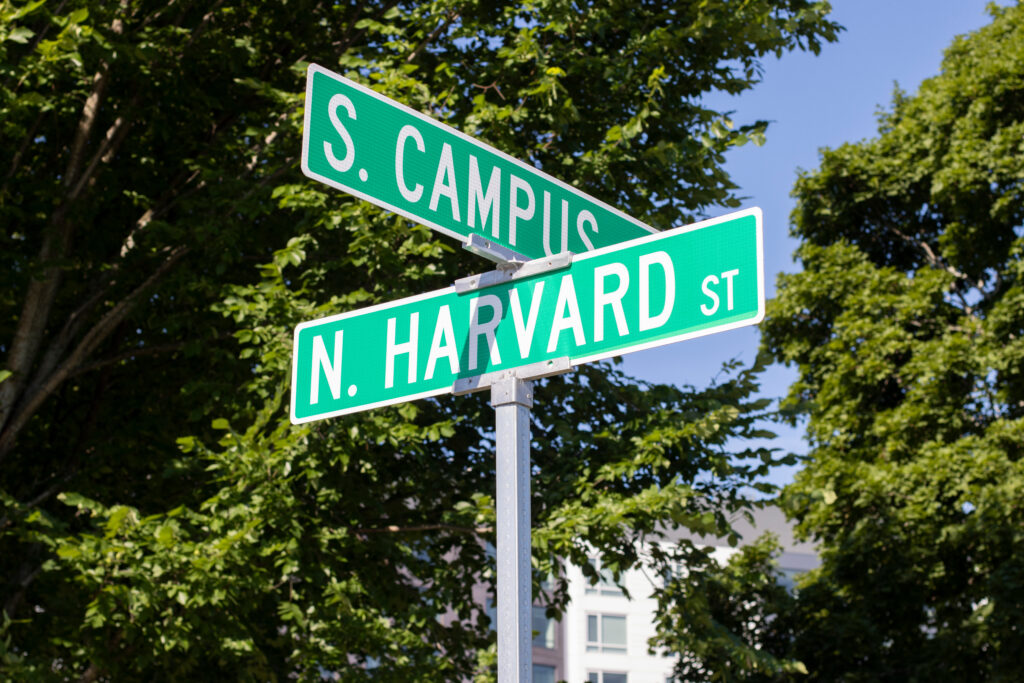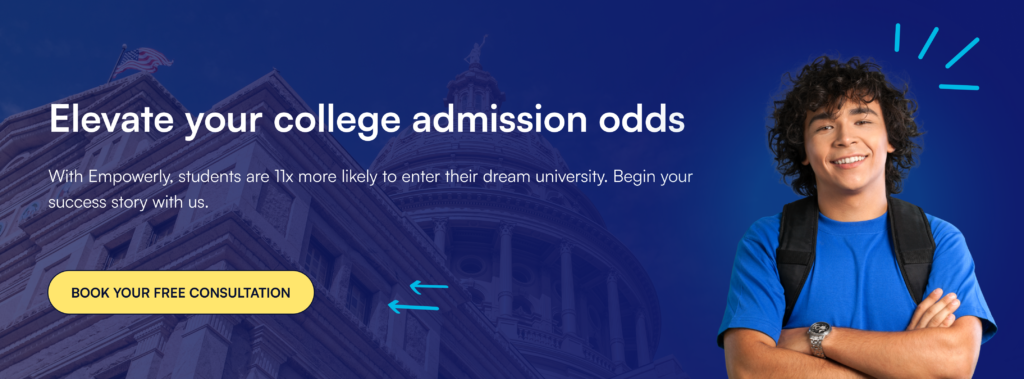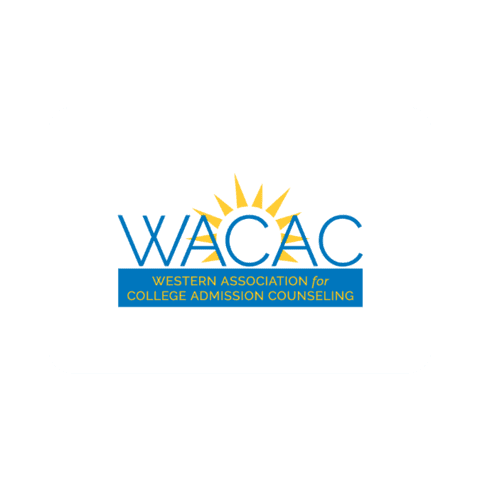It might seem like everyone (and their mother) is talking about the Ivy League schools right now. But there’s a good reason: besides all the usual drama of admissions decisions, Harvard University has been busy behind the scenes this spring. In a groundbreaking move set to redefine accessibility to elite education, Harvard has announced a substantial expansion of its financial aid program.
So what does this change mean for prospective students? Let’s get to the bottom of this hot new development and how it could help your family.
Harvard’s Financial Aid Announcement
With skyrocketing prices these days, nearly everyone would like to save money, right?
Beginning in the 2025-26 academic year, Harvard University wants to help you do just that: the university will offer free tuition to students from families earning up to $200,000 annually. Moreover, for families with incomes of $100,000 or less, Harvard will cover all billed expenses, including tuition, housing, meals, health insurance, and travel costs.
In other words, more types of families can now qualify for full-ride scholarships. If you fall into the first income category, your tuition is paid for in full. If you fall into the second income category, both your tuition and living costs are paid for in full.
| Family Income | Harvard Aid Policy (2025) | Notes |
| > $100,000 | Full tuition + housing, meals, travel, health insurance | Plus $2K start-up & $2K launch grants |
| $100K–$200K | Full tuition covered | Other costs like room/board depend on need |
| $200K+ | Aid varies based on assets and expenses | Some families may still qualify with extenuating circumstances |
A Commitment to Affordability and Diversity
This initiative aims to make Harvard more affordable to a broader range of students, particularly those from middle-income families. And “broad” isn’t an understatement; the expansion is expected to enable approximately 86% of U.S. families to qualify for Harvard College’s financial aid.
Harvard President Alan M. Garber emphasized that widening financial access enriches the university community by bringing together individuals from diverse backgrounds, fostering both intellectual and personal growth.
Income Qualifications
Who qualifies?
Harvard—and most Ivy League schools—offer primarily need-based financial aid, not merit scholarships. This means aid is awarded based on your family’s financial circumstances, not your grades, test scores, or extracurriculars. More specifically, when Harvard states it will offer free tuition to families earning up to $200,000, this figure refers to total annual household income. But it’s important to note that Harvard also considers assets, home equity, and unusual expenses when determining your offer.
Further, remember that the Office of Financial Aid uses a formula that can differ from CSS Profile results, which means your eligibility may not be one-size-fits-all. Families with higher-than-average medical costs or multiple children in college may still qualify for substantial aid, even above the listed threshold. On the other end of the spectrum, not every family earning under $200K will receive the same offer.
In the end, you’ll need to compare your individual financial aid offers for the most specific comparison. Always compare your offers and ask questions, as aid packages can vary significantly even among schools with similar thresholds.
Enhanced Support Beyond Tuition
Beyond covering tuition and basic expenses, Harvard is introducing additional support mechanisms. Students from families earning $100,000 or less will receive a $2,000 start-up grant in their first year and a $2,000 launch grant during their junior year to assist with the transition beyond Harvard. These grants are designed to alleviate ancillary costs and ensure that financial barriers do not impede the full student experience.

Historical Context and Peer Institutions
Harvard’s latest policy builds upon its longstanding commitment to financial aid. Since the launch of the Harvard Financial Aid Initiative in 2004, the university has progressively increased the income thresholds for aid eligibility. In fact, today’s $200,000 income threshold is five times higher than it was two decades ago (when it piloted with a ceiling of $40,000).
The latest move, while bold, isn’t unprecedented. The recent enhancement aligns Harvard with similar initiatives at peer institutions. For instance, the Massachusetts Institute of Technology (MIT) announced in November 2024 that it would offer free tuition for students from families earning under $200,000 annually.
What’s more, Harvard’s decision doesn’t happen in a vacuum. As college costs continue to rise, more elite universities are feeling pressure to increase aid transparency and reduce the cost burden. Princeton, Yale, and Stanford have already taken steps in this direction—and students are paying attention. College affordability is no longer just a concern for low-income families; middle-class households are now demanding change.
Harvard’s move may set a precedent for peer institutions and shift expectations for what financial aid should look like at top schools.
Looking beyond the Ivy League? Don’t overlook generous aid programs at liberal arts colleges like Amherst, Pomona, and Davidson—or public flagship universities with strong merit aid packages. Many peer institutions can offer full-tuition scholarships, honors programs, or automatic merit awards for top students.
Navigating Financial Challenges
This expansion comes at a time when Harvard is facing financial uncertainties. The university has implemented a hiring freeze and is preparing for potential federal funding cuts. Despite these challenges, Harvard remains steadfast in its commitment to making education accessible to all admitted students, irrespective of their financial circumstances.
Implications for Prospective Students
For many middle-income families, elite schools have long felt financially out of reach—not because they wouldn’t qualify academically, but because of fears about affordability. Harvard’s announcement removes that psychological and financial barrier. With annual tuition and costs at top private colleges often exceeding $80,000, the idea of paying nothing (or very little) dramatically changes the college decision-making equation.
Ultimately, for prospective students and their families, this expansion signifies a monumental shift in college affordability. The assurance that a Harvard education is within financial reach may encourage a more diverse applicant pool, enriching the campus community with a wider array of perspectives and experiences.
If you’re a current high school student—or a parent of one—here are a few practical steps you can take right now:
- Research Harvard’s net price calculator. This tool estimates how much you’d hypothetically pay for a Harvard degree based on your family’s income, assets, and unique circumstances.
- Gather financial documents early. Stay organized with tax returns, W-2s, and any documentation related to unusual family expenses.
- Understand the CSS Profile requirements. Unlike the FAFSA, Harvard uses the CSS Profile to distribute financial aid.

Conclusion: Harvard for the Future
Harvard University’s decision to expand its financial aid program underscores a pivotal moment in higher education, reflecting a broader movement toward inclusivity and accessibility. By alleviating the financial burdens associated with attending an elite institution, Harvard is not only investing in the futures of its students but also in the enrichment of its academic community.
For more insights on navigating college applications and understanding financial aid opportunities, explore our recent articles:
- FAFSA 2025: Everything You Need to Know About Financial Aid This Year
- Top 10 Scholarships for Computer Science Majors
- How to Write a Winning Scholarship Essay
If you’re seeking personalized guidance through the college application process, don’t hesitate to book a consultation. Our team of experts is here to help you navigate these changes and maximize your educational opportunities. From developing your college funding plan to building the strongest application possible, our counselors have got your back.


